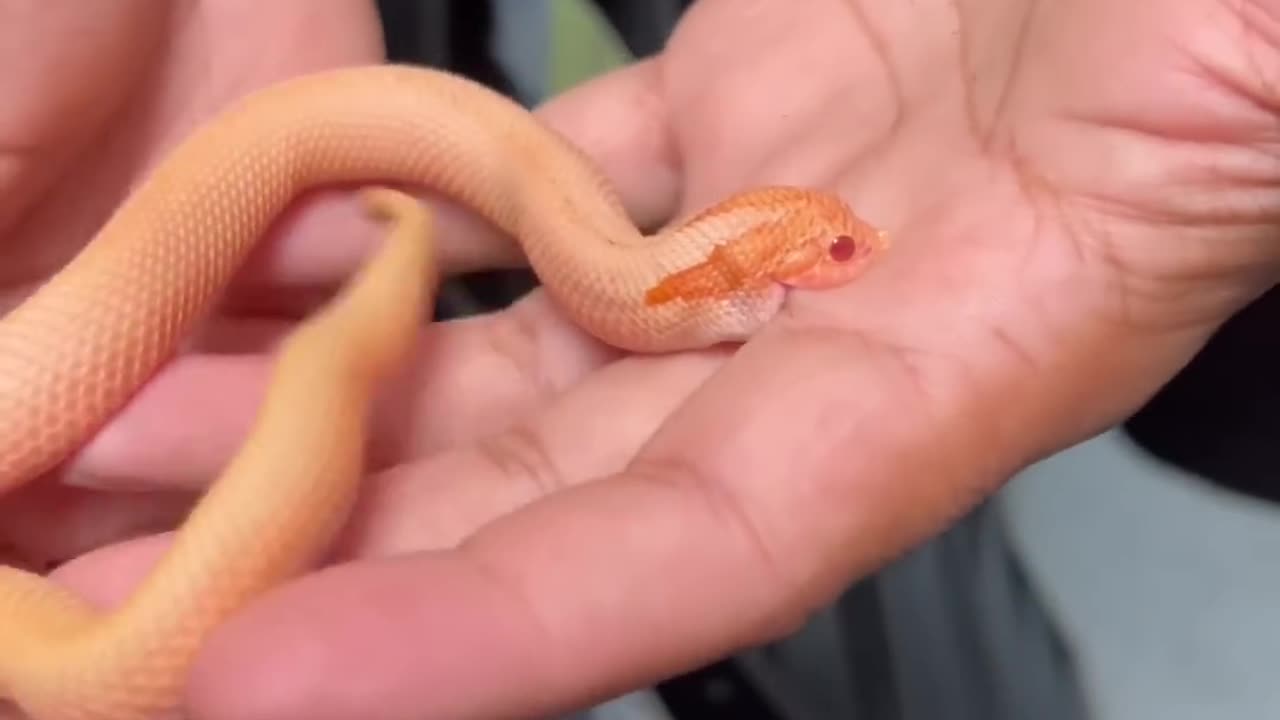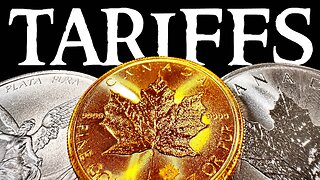Premium Only Content

Hognose Snake ! Bite western hognose snake #thatmoment
Here are some key characteristics and facts about hognose snakes:
Appearance: Hognose snakes are typically small to medium-sized snakes, with most species ranging from 1 to 3 feet in length. They have keeled scales, which give them a rough texture, and their most notable feature is their upturned snout, which gives them their name. This snout resembles a small hog's nose.
Coloration: The coloration of hognose snakes can vary depending on the species and region. They come in a variety of colors, including brown, green, gray, and reddish-brown, often with patterns that help them blend into their natural habitats.
Habitat: Hognose snakes are found throughout North America, with different species inhabiting various regions, from grasslands and woodlands to deserts and sandy coastal areas.
Diet: These snakes primarily feed on a diet of amphibians, particularly toads. Their rear-fanged teeth are specialized for puncturing toad skin, which contains toxins that can be lethal to many predators. Hognose snakes have developed a resistance to these toxins.
Behavior: Hognose snakes are known for their dramatic defensive behaviors. When threatened, they may flatten their necks, hiss loudly, and even strike, although their rear fangs are not usually capable of delivering venom to humans. If these tactics fail to deter a predator, hognose snakes may perform a unique behavior known as "death-feigning," where they flip onto their backs and appear lifeless, often with their mouth open and tongue hanging out.
Reproduction: Hognose snakes are oviparous, which means they lay eggs. The female typically lays a clutch of eggs in a concealed location, such as a burrow or under leaf litter. After a couple of months, the eggs hatch, and the young snakes are independent from birth.
Conservation Status: Many hognose snake species are not considered threatened or endangered. However, like many wildlife species, they face habitat loss and road mortality as significant threats to their populations.
-
 2:01:42
2:01:42
Darkhorse Podcast
4 hours agoA Germ of Truth: The 263rd Evolutionary Lens with Bret Weinstein and Heather Heying
17.4K10 -
 9:37
9:37
Silver Dragons
3 hours agoGoodbye Cheap Silver - How the Tariffs Will Change Stacking Forever
9.44K -
 37:33
37:33
CryptoWendyO
4 hours ago $1.94 earnedWORST DAY IN CRYPTO HISTORY $10 Billion in Liquidations!
24K7 -
 57:01
57:01
PMG
4 hours ago $1.27 earnedHannah Faulkner and Dr. Bryan Ardis | Don't Fall For the Bird Flu!!!
17.3K -
 1:18:00
1:18:00
Russell Brand
1 day agoUFOs, Whistleblowers, and Government Lies – The Truth with Jeremy Corbell – SF530
193K90 -
 1:57:47
1:57:47
The Charlie Kirk Show
5 hours agoThe Most Beautiful Word in English + Confirm Tulsi! | Navarro, McCain, Posobiec | 2.3.2025
184K58 -
 1:13:03
1:13:03
Michael Franzese
5 hours agoRATING Trump’s First Two Weeks In Office
50.1K23 -
 1:43:17
1:43:17
Benny Johnson
6 hours agoBREAKING: Mexico SURRENDERS To Trump, Locks Down Border | Mass FBI Firings, Deep State PURGE in DC
112K158 -
 1:01:48
1:01:48
Grant Stinchfield
5 hours ago $6.15 earnedTrump's Tariffs are Already Working... Here's Why...
45.9K13 -
 2:02:48
2:02:48
LFA TV
1 day agoTARIFF TRADE WAR! | LIVE FROM AMERICA 2.3.25 11am
85.3K83